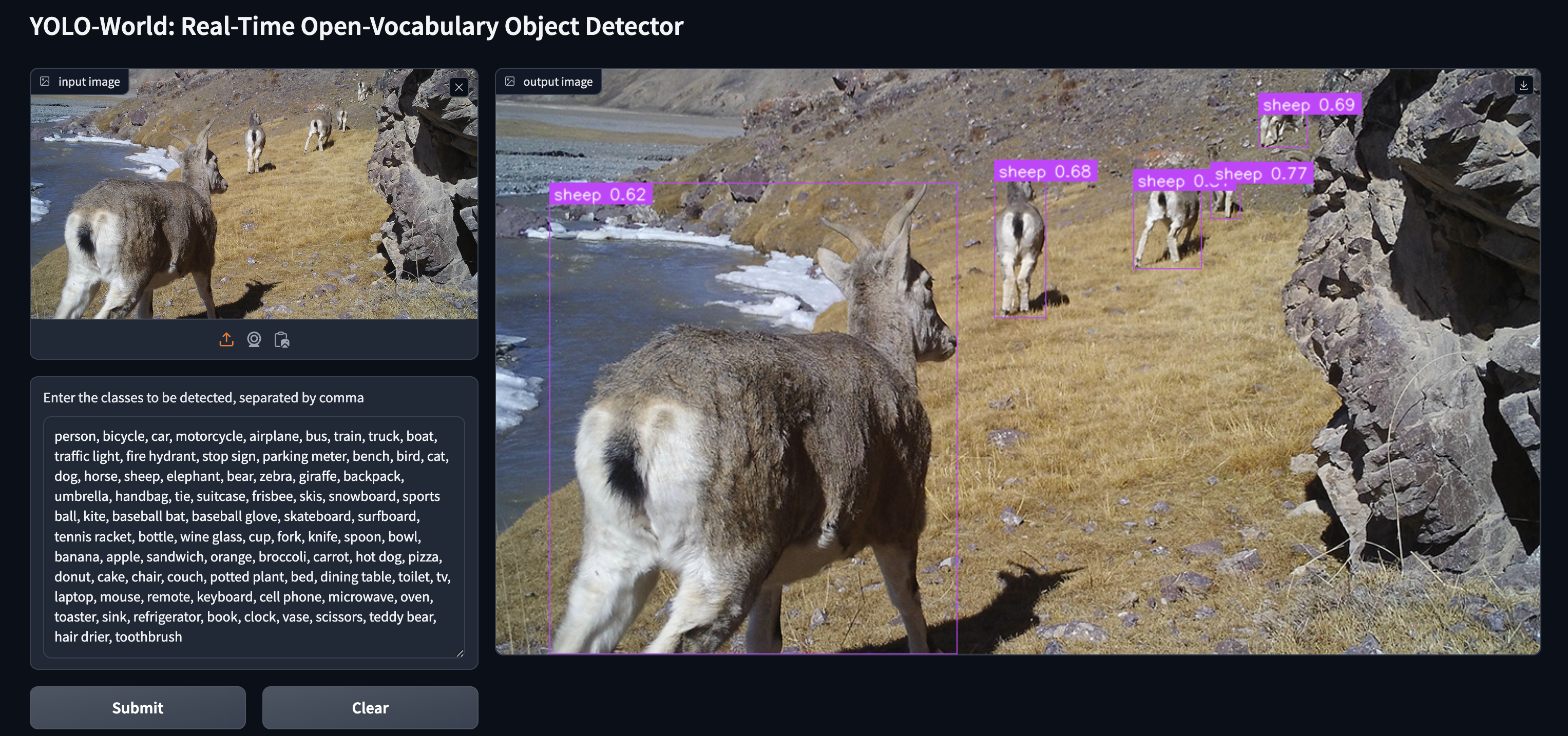Technical Installation and Training
Ensuring that ScannerEdge devices are properly installed and configured in the field, with thorough training for operators to maximize their effectiveness in detecting illegal human activities.
Purpose: To equip field teams with the skills and knowledge to install, operate, and maintain ScannerEdge devices, ensuring continuous functionality in diverse environments.
How it Works: ScannerEdge is installed in strategic locations, configured via Bluetooth through a smartphone app, and calibrated to local RF conditions. Training includes understanding signal detection, troubleshooting, and device maintenance.
On-site, hands-on training yields better outcomes than theoretical sessions alone.
Operators need to understand both the technical and practical implications of the data collected.
Regular follow-ups improve long-term device functionality and user confidence.
